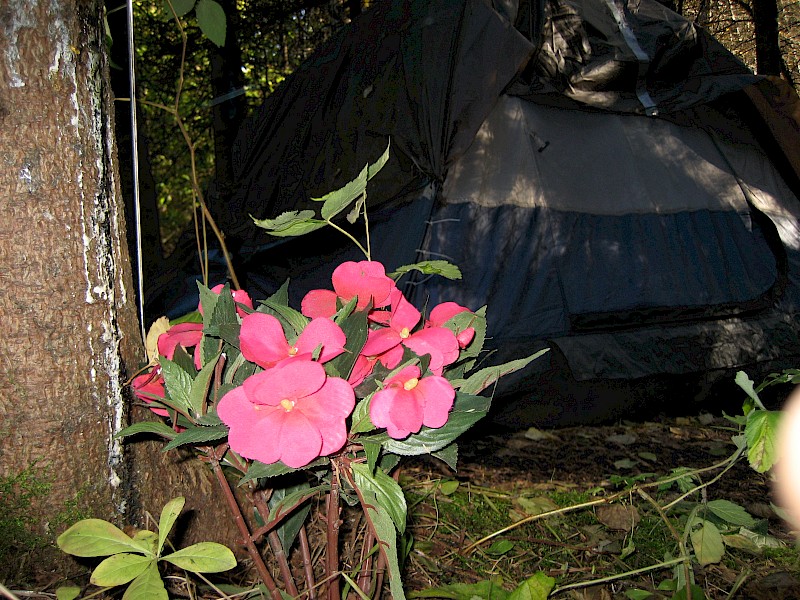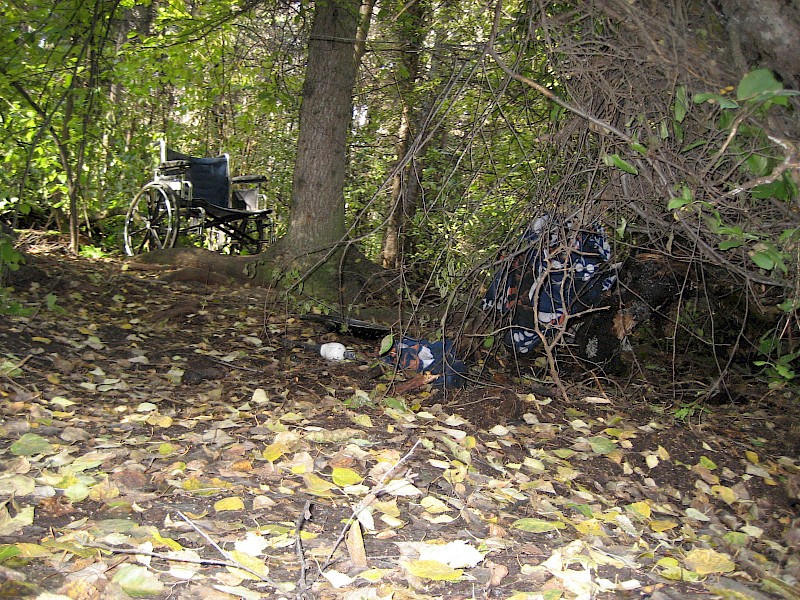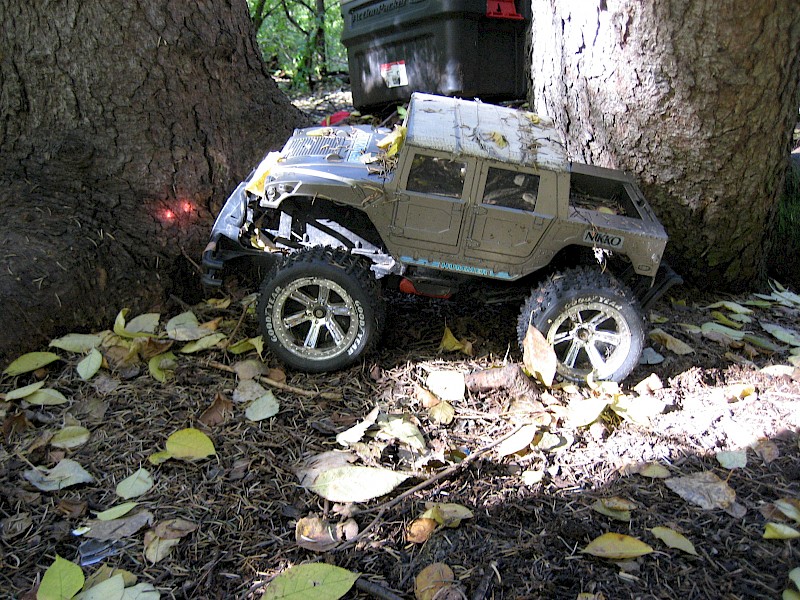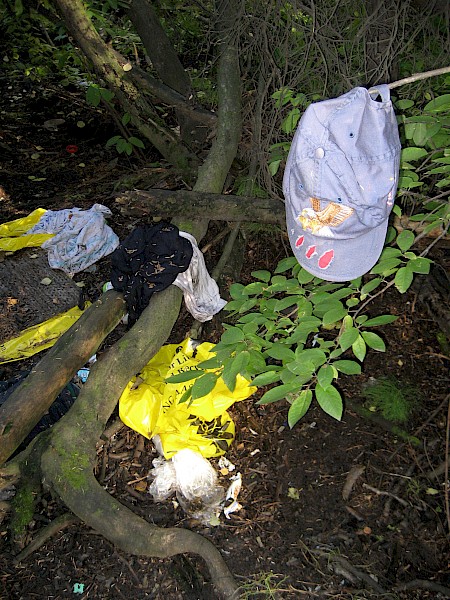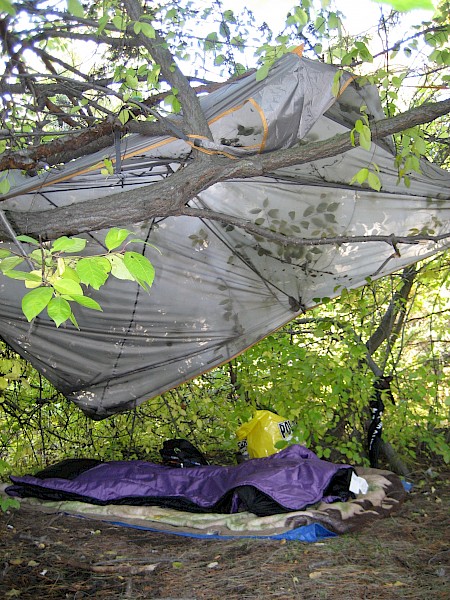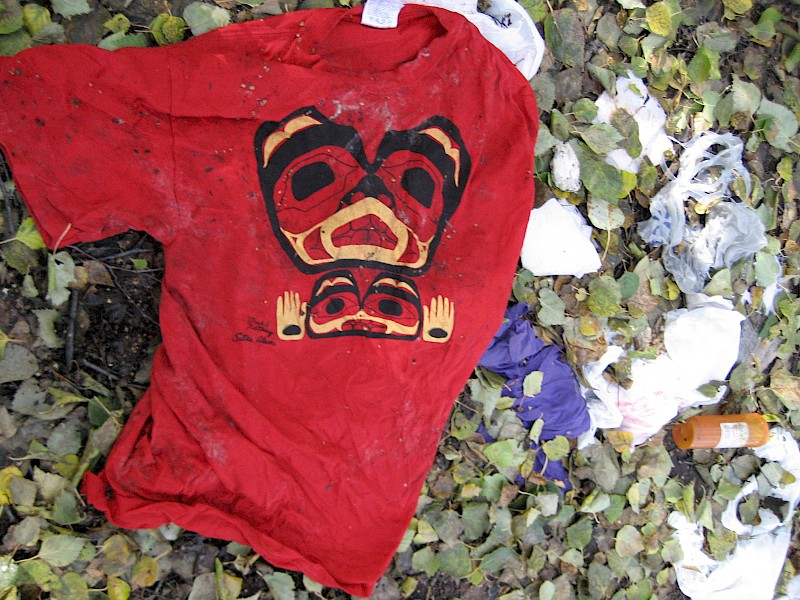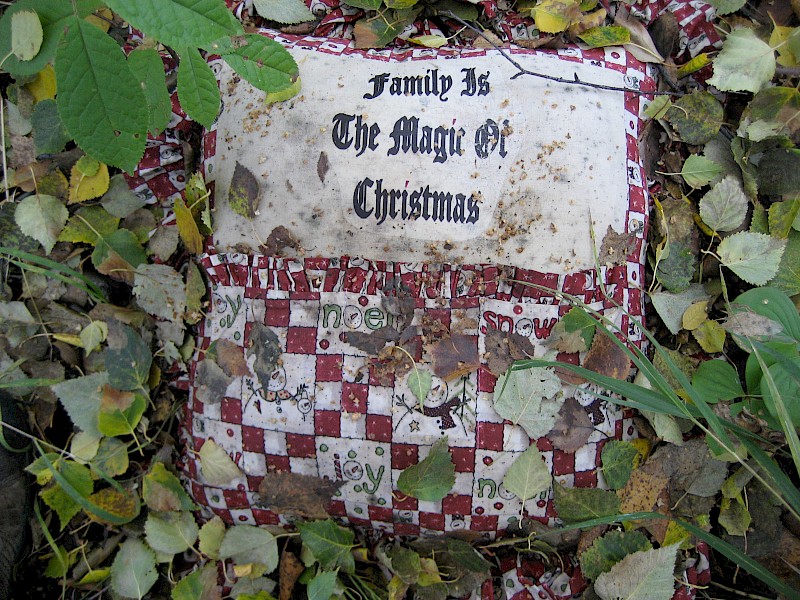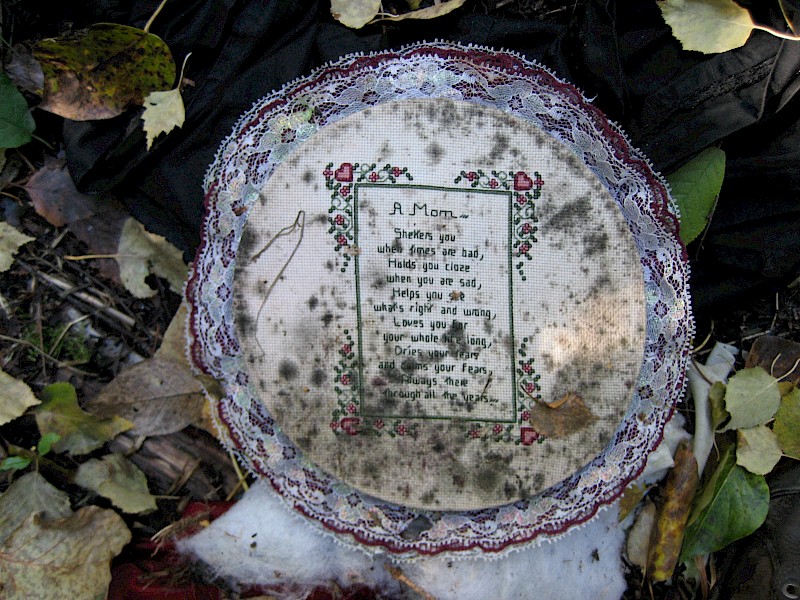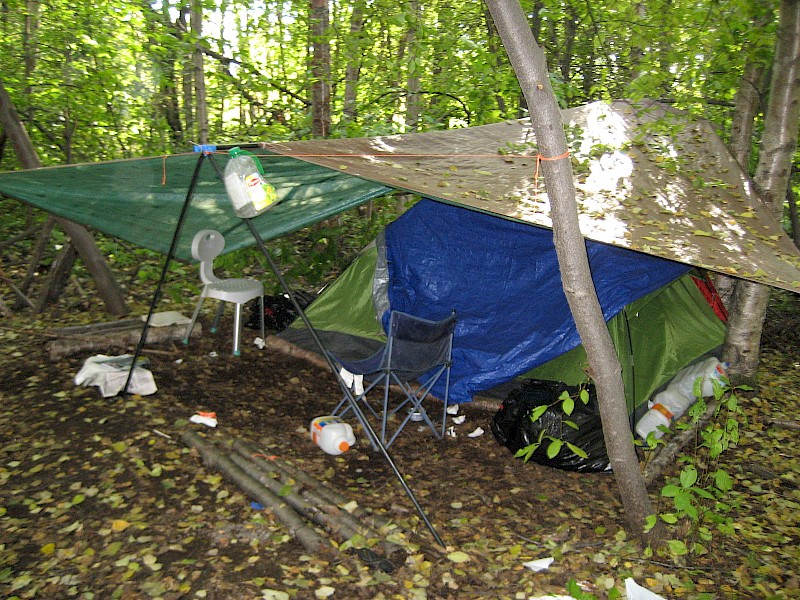Exploring the boundaries of public space in the urban north
—
These photographs, taken on the morning of 30 September 2013, are the product of an exploratory trip through the undeveloped, public green spaces that many homeless people inhabit in Anchorage, Alaska. We were tasked with evaluating a ‘housing first’ program, which provides permanent supportive housing for the homeless without preconditions of sobriety or treatment compliance. In an effort to better understand the population whose housing circumstances we were evaluating, the goal was to explore visually the experience of hundreds of Anchorage residents who live largely out of sight, in tents in the wooded interstices of the city.
These photographs reveal hidden spaces in which people build their lives while experiencing unsheltered homelessness in a northern, mid-sized city in the United States. Some of the camps we stopped in had been occupied recently but were obviously flooded, with dirty water weighing down the crumpled tarps and soaking abandoned sleeping bags. However, even in these abandoned camps we saw evidence of home making – for example, artificial potted flowers hung at the opening of one tent. Though the inhabitants of these camps are largely regarded with fear and trepidation by the larger public, they include the elderly, disabled, and children. At one site, a wheelchair overlooked the camp; at another, children’s toys were in view.
In political and public discourse, people living in camps in Anchorage are often described in ways that emphasize their undesirability and dangerous capabilities (Lee and Schreck 2005). They are represented not as humans, but as creatures who lack any moral sensibility and are capable of committing unthinkable acts of violence that threaten public safety and order (Waytz et al. 2014). Positioning the homeless this way becomes a powerful justification for otherwise unacceptable forms of intervention, including the forcible removal and exclusion of these individuals from public space.
In Anchorage, a tension exists between using scarce government resources to eliminate homelessness and simply eliminating the visual evidence of homelessness. While the legality of eliminating homeless camps was successfully challenged by the Alaska American Civil Liberties Union in 2011 (Engle v. Municipality of Anchorage), the practice effectively continues. In April 2011, Anchorage enacted a legal framework that allows the Anchorage Police Department’s Community Action Policing (CAP) Team to evict people from campsites on public land. Police began ‘tagging’ camps and giving residents a few days’ notice to gather their belongings and depart, or face forcible eviction.
People’s personal items were often simply left behind. Sometimes, the CAP team returned and removed any items remaining at the camp. They dumped sleeping bags, food, and personal effects like Bibles and prayer books into bright yellow trash bags, which sometimes remained there like enormous, florescent mushrooms growing from the damp ground. These efforts are characterized in the media as ‘clearing out homeless camps’ (Shinohara 2011) and ‘tackling chronic inebriates’ (Caldwell 2014). Classification of homeless people as ‘inebriates’, ‘addicts’, and ‘mentally ill’ allows blame to fall on the individual, as opposed to the structural inequities that lead to entrenched poverty and homelessness in the first place (Hawkins and Abrams 2007). Victim blaming shifts the political discourse from shared responsibility to individual accountability, and pushes people experiencing homelessness further into the social and geographical margins of city space.
As objects of research, people experiencing homelessness, addiction, and mental illness are often reduced to statistics, which are used by policy makers to regulate and control individuals deemed ‘at risk’. Images, of course, can also contribute to this objectification, leading us to question the ethics of our efforts to document camp life in Anchorage as a part of evaluating the role and impact of housing-first programs. These pictures were taken without the knowledge or consent of existing or former camp residents. Our guide had chosen a time of day – mid-morning – when camp residents were likely to be away procuring food and finding showers. As we approached each camp we announced our presence, calling out, ‘Is anybody home?’ Legally, we were in a public space, but in real terms we were walking through and photographing the homes of people who carve out space for themselves in the margins.
While bound up with objectification, the practice of visual anthropology in the margins of public space can simultaneously destabilize common stereotypes about homelessness and challenge the boundaries of personhood and belonging in a city that is not interested in or prepared for the full inclusion of its citizens. As anthropologists and researchers, we follow Harrison (1998, 624), who argues we have a ‘special responsibility to help form and mobilize a critical consciousness that can challenge both government and citizens to fulfill the promise of democratic justice’. Our images invite critical reflection on the ways in which human otherness is created and naturalized through practices of social and spatial exclusion. But our images reveal something else as well: they demonstrate some of the ways in which the individuals who inhabit camps across the city actively construct their worlds and create a sense of home and place. By inserting their bodies and lives into these spaces, they refuse to be erased from the urban landscape.
Acknowledgements
We would like to thank Rob Marx and all the staff at the Rural Alaska Community Action Program (RurALCAP), a nonprofit community-based organization that provides supportive housing services to people who experience homelessness, and Sarah Shimer of the Institute for Circumpolar Health Studies, University of Alaska Anchorage, for assisting with this work.
About the authors
Travis Hedwig, PhD, is an assistant professor of health sciences at the University of Alaska Anchorage. His primary research interests involve impairment/disability, social exclusion, and health inequality at the intersections of gender, race, class, and culture. Rebecca Barker is pursuing her master’s degree in social work, and is a graduate research assistant at the University of Alaska Anchorage.
References
Caldwell, Suzanna. 2014. ‘How to Tackle Chronic Inebriates in Anchorage? Fairview Business Association Wants to Help’. Alaska Dispatch News, 13 January. Accessed May 2015. http://www.adn.com/article/20140113/how-tackle-chronic-inebriates-anchorage-fairview-business-association-wants-help.
Engle v. Municipality of Anchorage. Alaska Court System. Accessed May 2015. http://www.acluak.org/uploads/courts_40_1968499789.pdf.
Harrison, Faye V. 1998. ‘Introduction: Expanding the Discourse on Race’. American Anthropologist 100, no. 3: 609–31. http://dx.doi.org/10.1525/aa.1998.100.3.609.
Hawkins, Robert Leibson, and Courtney Abrams. 2007. ‘Disappearing Acts: The Social Networks of Formerly Homeless Individuals with Co-occurring Disorders’. Social Science and Medicine 65, no. 10: 2031–42. http://dx.doi.org/10.1016/j.socscimed.2007.06.019.
Lee, Barrett A., and Christopher J. Schreck. 2005. ‘Danger on the Streets: Marginality and Victimization among Homeless People’. American Behavioral Scientist 48, no. 8: 1055–81. http://dx.doi.org/10.1177/0002764204274200.
Shinohara, Rosemary. 2011. ‘Police Post Eviction Notices at Anchorage Homeless Camps’. Alaska Dispatch News, 23 May. Accessed May 2015. http://www.adn.com/article/20110523/police-post-eviction-notices-anchorage-homeless-camps.
Waytz, Adam, Kelly Marie Hoffman, and Sophie Trawalter. 2014. ‘A Superhumanization Bias in Whites’ Perceptions of Blacks’. Social Psychological and Personality Science 1: 1–8.
